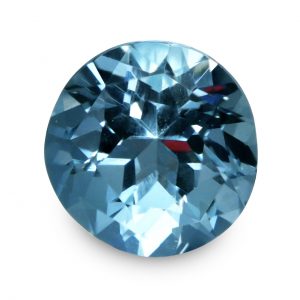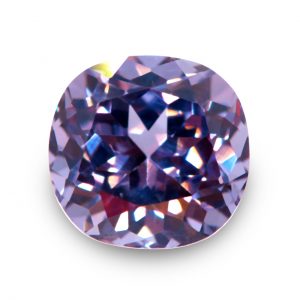Description
Identity: Natural Beryl var. Morganite
Origin: Africa
THE 4CS
Carat Weight: 2.60 Carats
Colour: This African Morganite is light pink in all forms of light.
Clarity: VS
Cut: This light pink African Morganite has a fancy shape as well as a flower cut as a pavilion.
What are the 4Cs: Gemological Institute of America – The 4Cs
VIDEO:
The Morganite
THE DISCOVERY
Morganite was founded and named by the world-famous gemologist George Frederick Kunz in honour of his good friend and avid gemstone collector, J. Pierpont Morgan. Popularly, Morgan was the founder of the now Financial Partnership Company J.P.Morgan Chase. As Kunz was undergoing an expedition in Madagascar in 1910, he discovered the rose-pink stone. His previous discovery of kunzite in 1902 came into his mind, due to the similarity of colour.
However, by using his skills as a gemologist, his discernment that this new stone is miles apart from his prior discovery was accurate. In terms of crystal systems, Morganite is hexagonal, having a uniaxial refractive index, dichroic colour and double refraction. Kunzite, in comparison, is monoclinic with a biaxial refractive index, trichroic in colour and has double refraction. Furthermore, unlike Kunzite, Morganite did not fade in colour when exposed to sunlight, making it a practical gemstone donning contemporary pieces of jewellery.
THE COLOURS OF MORGANITE
Despite the common misconception that the Morganite comes in only a pink colour, the stone has two dualities. The first of is the traditional light pink, the second a mixture of light pink and light orange. The cause of colour being the Mn2+ ion. This, therefore, means that the more Manganese ions there is the more light pink in colour the stone is. Consequently, In reverse fashion, the less it is, the more of an orange tinge the stone possesses. A historical example is the “Rose of Maine”, a 30cm full piece of gem-quality Morganite…





